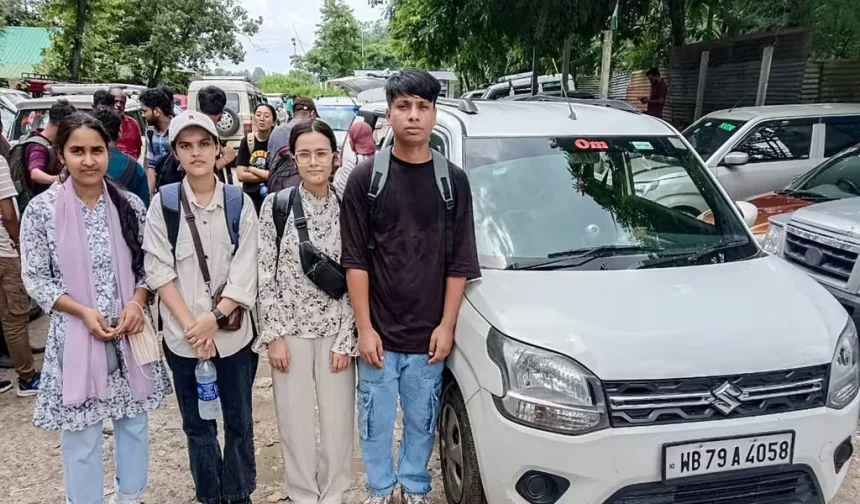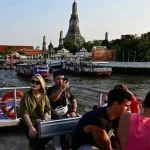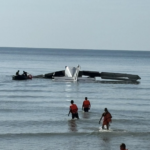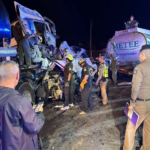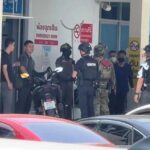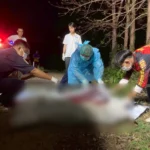(CTN News) – Following the violent riots over a government job quota system, authorities in Bangladesh enforced a statewide curfew, prompting nearly 1,000 Indian students to return from their studies abroad. Clashes between student protestors, police, and pro-government demonstrators have resulted in the deaths of over 115 individuals.
Using the term “internal matter” to describe the situation in Bangladesh, the Ministry of External Affairs (MEA) reported that 778 Indian students had returned to India via several land ports. Additionally, about 200 students have returned using standard airline routes via the airports in Dhaka and Chittagong.
Thirteen Nepali students were also allowed to return thanks to the Indian High Commission.
Over 4000 students who are still enrolled in various Bangladeshi universities are receiving the support they need from the Indian High Commission in Dhaka and our Assistant High Commissions, according to the MEA.
The High Commission has been actively involved in guaranteeing the safe passage of these students across border crossings like Benapole-Petrapole, Gede-Darshana, and Akhaura-Agartala in conjunction with the Border Security Force (BSF) and the Bureau of Immigration.
At a press conference, Jaiswal stated, “We view the protests in Bangladesh as an internal matter of the country.” He said that S Jaishankar, the minister of external affairs, was directly in charge of ensuring Indians’ safety in Bangladesh.
The MEA has advised Indian people living in Bangladesh to stay inside and avoid making needless excursions.
WHY ARE THERE PROTESTS IN BANGLADESH?
The Sheikh Hasina-led government of Bangladesh is facing demonstrations mostly from students against its job quota system, which reserves a large number of government positions for specific communities. The demonstrators contend that this system is biased and inhibits deserving applicants from being appointed to public office.
The most recent protests were sparked by petitions submitted by relatives of the veterans of the 1971 Liberation War, which forced Bangladesh’s High Court to reverse its ruling and restore the quotas last month.
Many students’ lives, including those of Indian students, have been disrupted by the Bangladeshi authorities’ decision to permanently close all public and private educational institutions in response to the riots.
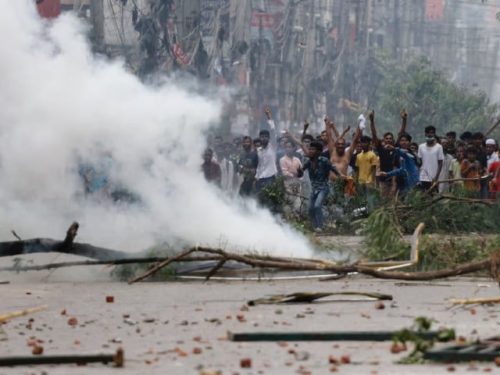
Indians are being evacuated from Bangladesh.
Over 670 persons have sought sanctuary in Meghalaya overall, having fled violence-affected areas as citizens of India, Nepal, and Bhutan. In order to aid its citizens who are impacted by the violence in Bangladesh, the government of Meghalaya has likewise established a helpline.
Asif Hussain, a medical student from Manikganj district, which is roughly 50 km from Dhaka, is one of the people who returned.
Hussain recounted a terrifying six-hour ride to the India-Bangladesh border while being escorted by security.
According to news agency Reuters, he stated, “We heard about trouble nearby, but our college was not directly affected by the violence.”
Hussain rented private cabs along with roughly eighty other Indian students to go to the border, where they encountered more delays before entering India.
Along with drastically disrupting daily life, the continuous protests have badly damaged communication networks, with several places seeing the loss of mobile internet access.
In order to aid Indian nationals, the Indian High Commission has established many helplines that are staffed around-the-clock. Additionally, the High Commission has been informing families about the situation on a regular basis.
Source: Times Of India

Anna Wong serves as the editor of the Chiang Rai Times, bringing precision and clarity to the publication. Her leadership ensures that the news reaches readers with accuracy and insight. With a keen eye for detail,




